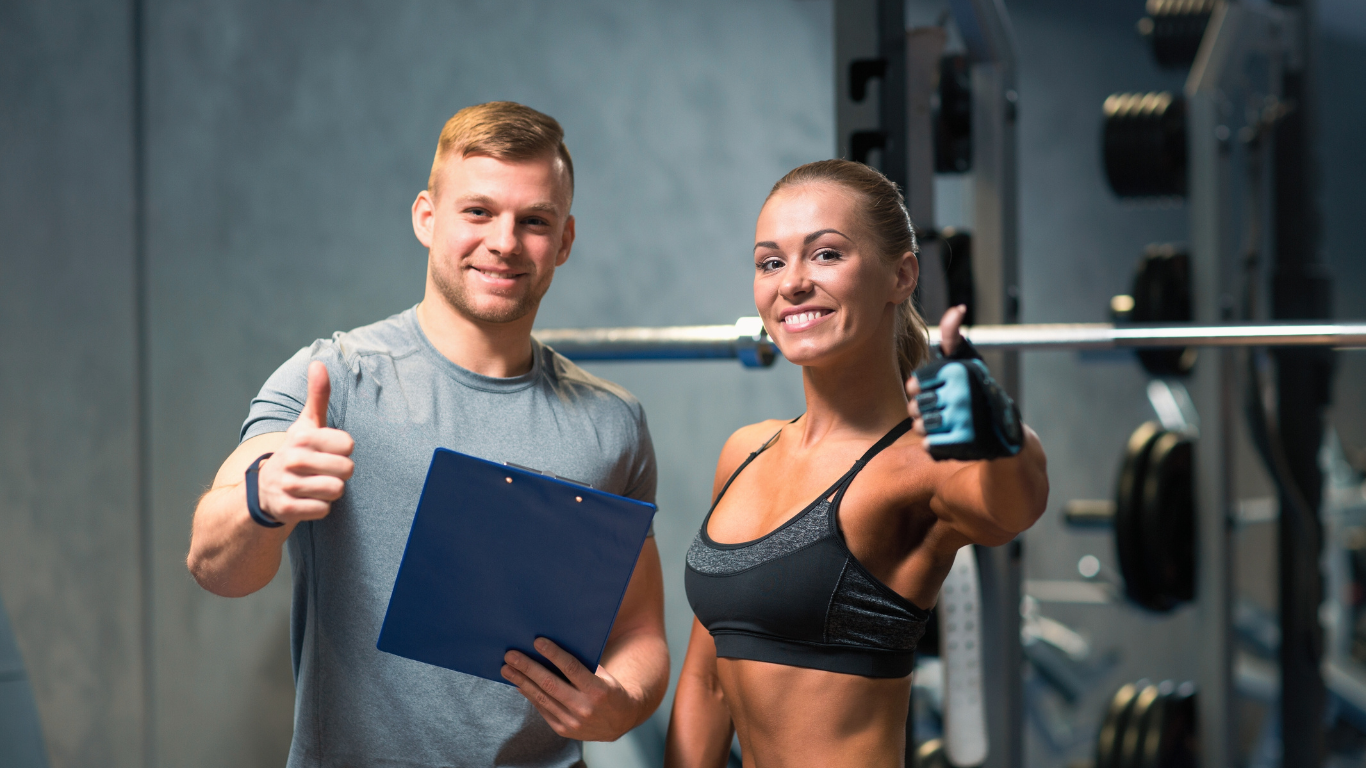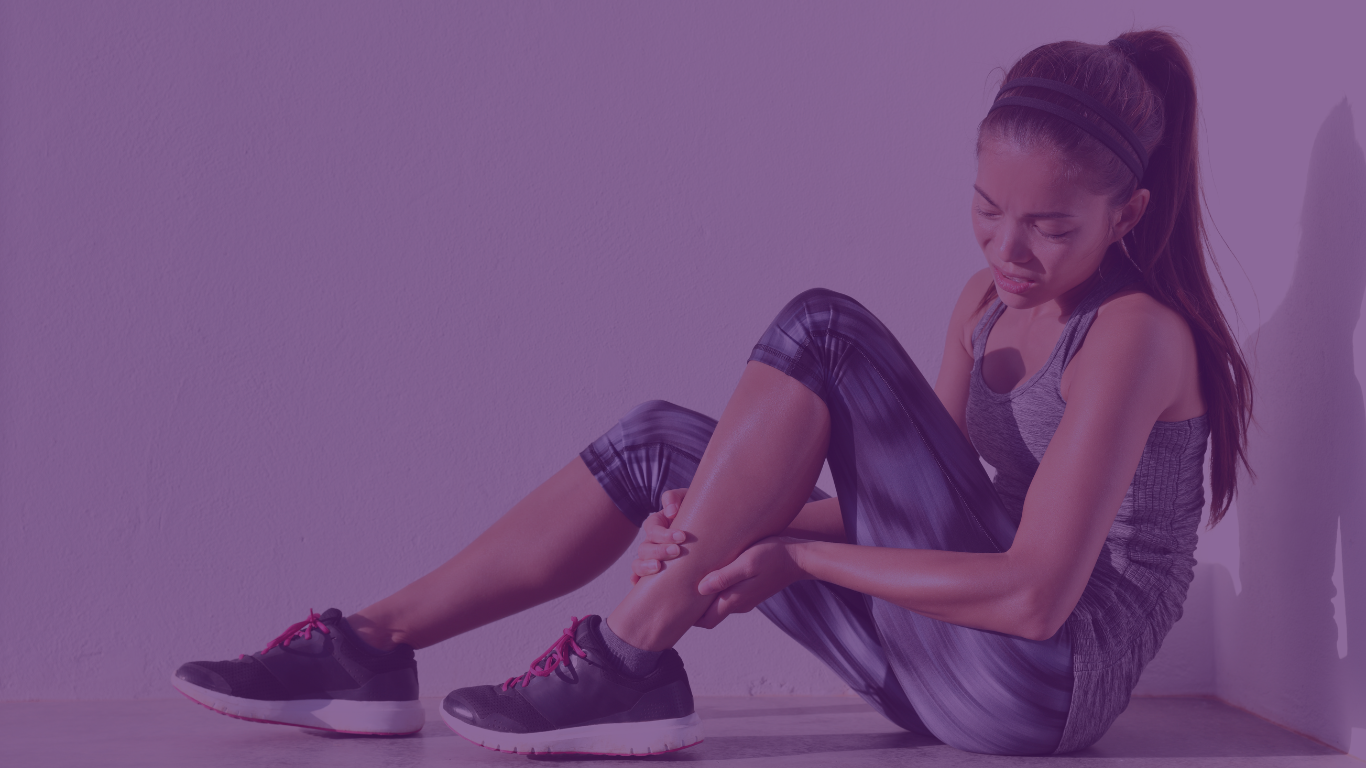
Sore After the Gym? When It’s Just DOMS And When It’s Something More
There’s a fine line between a good workout and a brewing injury.
You Crushed Your Workout… But Now You Can’t Sit, Lift, or Walk Properly?
Soreness after a workout is expected — especially when you’ve pushed hard, changed routines, or added new lifts. But how sore is too sore? And when does “DOMS” stop being normal and start signalling something more serious?
At Clinical Physio Solutions, we help active adults across Burwood, Eastgardens, Top Ryde, and Newington understand the difference — and recover smarter.
If you’ve searched “sore muscles after gym won’t go away”, “DOMS vs injury”, or “gym pain physio near me”, here’s what you need to know.
What Is DOMS (Delayed Onset Muscle Soreness)?
DOMS is that achy, stiff feeling you get 24–72 hours after a new or intense session. It’s caused by micro-tears in the muscle fibres — part of the body’s normal repair process.
DOMS usually feels like:
- Muscle stiffness and soreness
- Slight tenderness when touched or stretched
- Reduced strength temporarily
- Lasts 2–4 days max
- Improves with movement and light activity
✅ Search terms: “how long does DOMS last”, “why are my legs sore after squats”
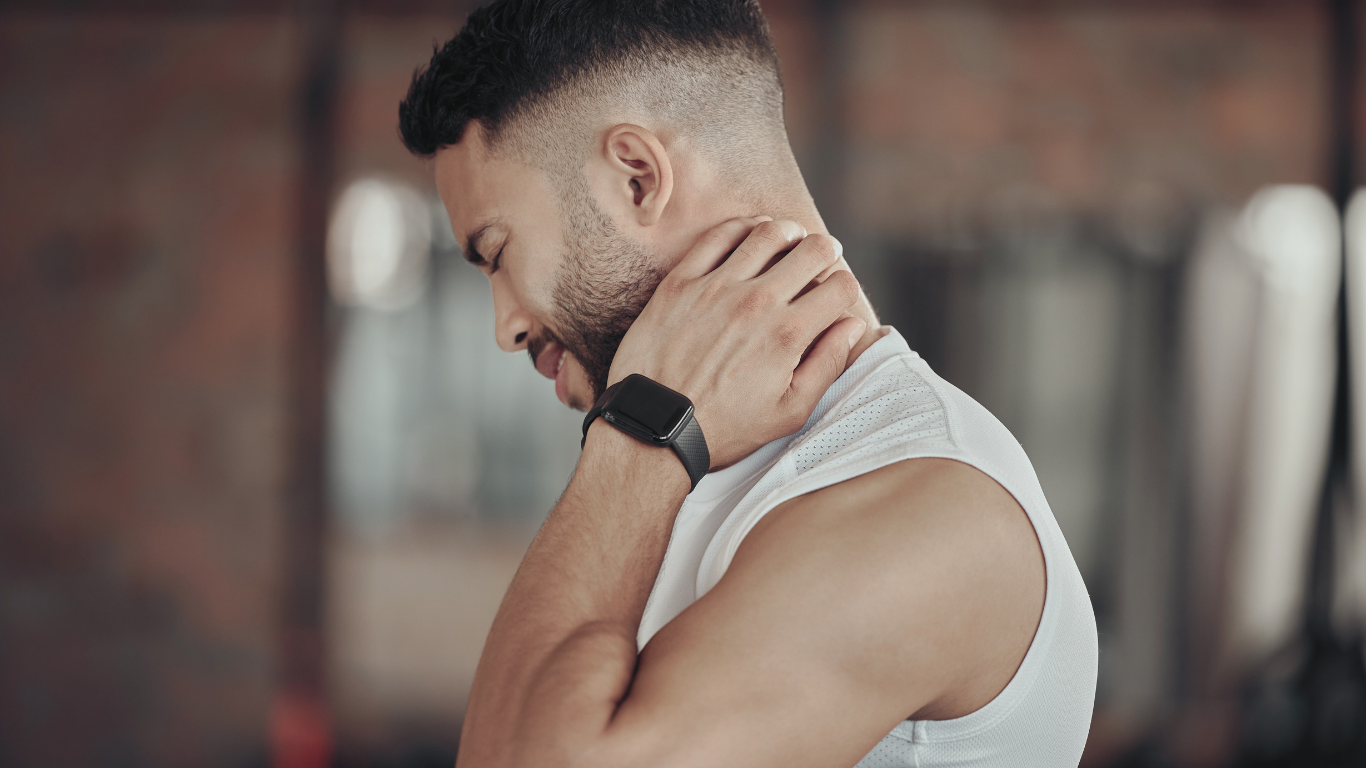
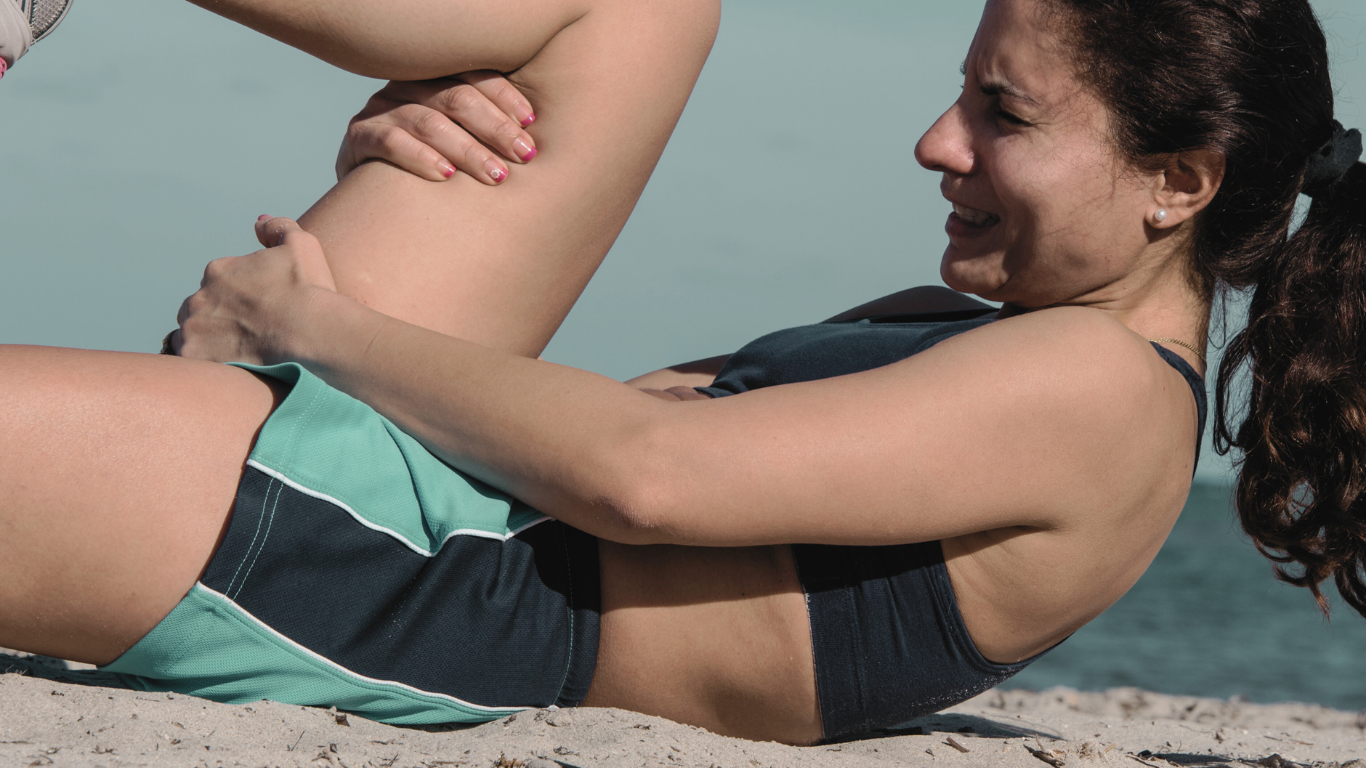
Signs It Might Be More Than Just DOMS
If any of these are happening, it’s time to reassess:
- Pain is sharp or focused, not just achy
- One side is way worse than the other
- Pain lingers beyond 5–7 days
- You feel weakness, numbness, or instability
- It worsens with rest instead of improving
- Pain is deep in a joint or tendon — not the muscle belly
- You’ve had this pain before, and it keeps coming back
Search intent: “injury or DOMS symptoms”, “why am I still sore a week later”, “muscle tear vs soreness”
Why Physios See This All Winter
In colder months, your risk increases due to:
- Poor warm-up habits
- Reduced tissue elasticity
- Less consistent training = higher spike in load
- More indoor training, more repetitive movement patterns
- Higher likelihood of loading imbalances and poor recovery
You might think it’s “just soreness,” but we often find early tendon overload, strain patterns, or movement inefficiencies that need fixing — before they turn into real downtime.
How Physio Helps You Train Smarter — Not Just Rest
🔬 Movement Screening
We assess your squat, lunge, hinge, and push patterns to see where you’re overloading.
🧠 Recovery Education
We help you understand the difference between load fatigue, strain, and poor recovery strategy.
🦵 Load Progression Guidance
Instead of telling you to stop training, we modify your sessions to build strength without aggravation.
🤸 Mobility & Release
We target the areas you’re compensating or locking down — hips, glutes, traps, calves, thoracic spine.
🧩 Injury Prevention Programming
Especially for gym beginners, return-to-training adults, and weekend warriors — a few small changes = major gains in longevity.
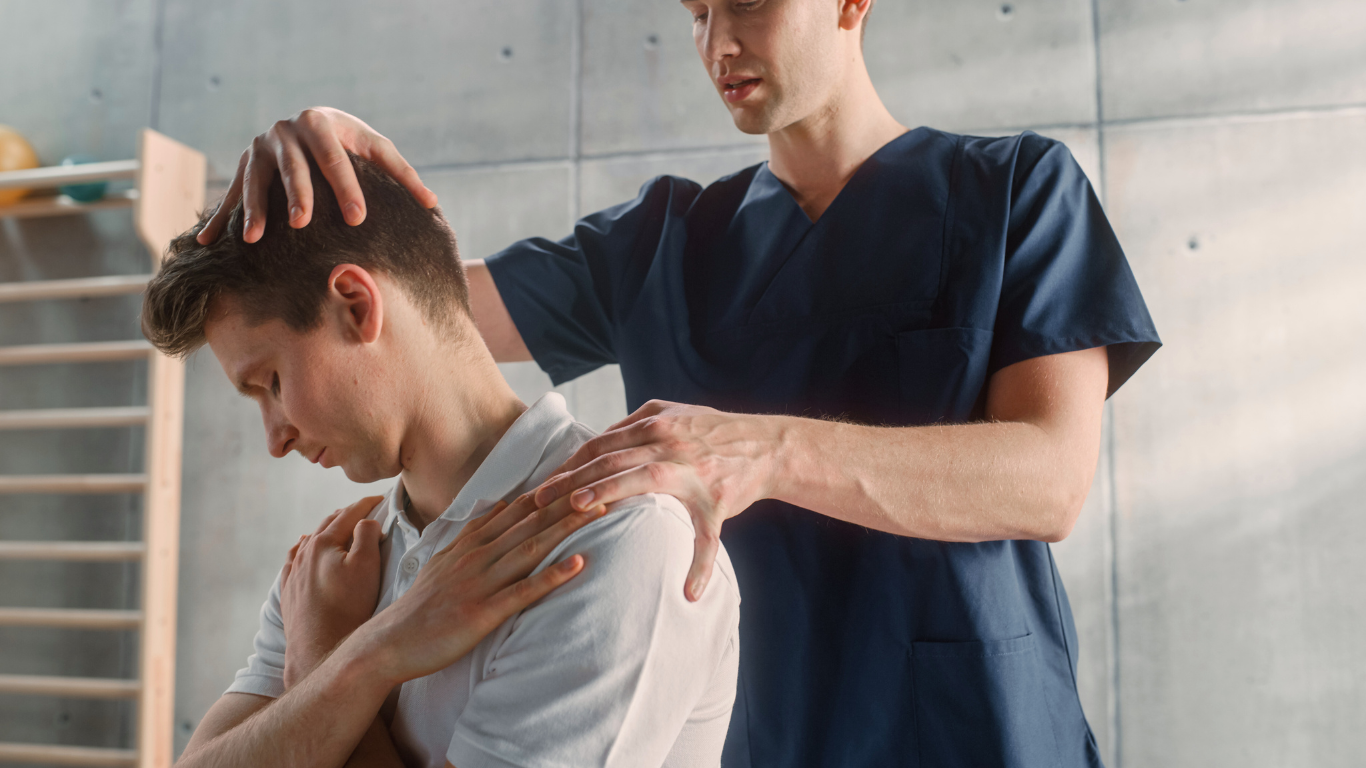
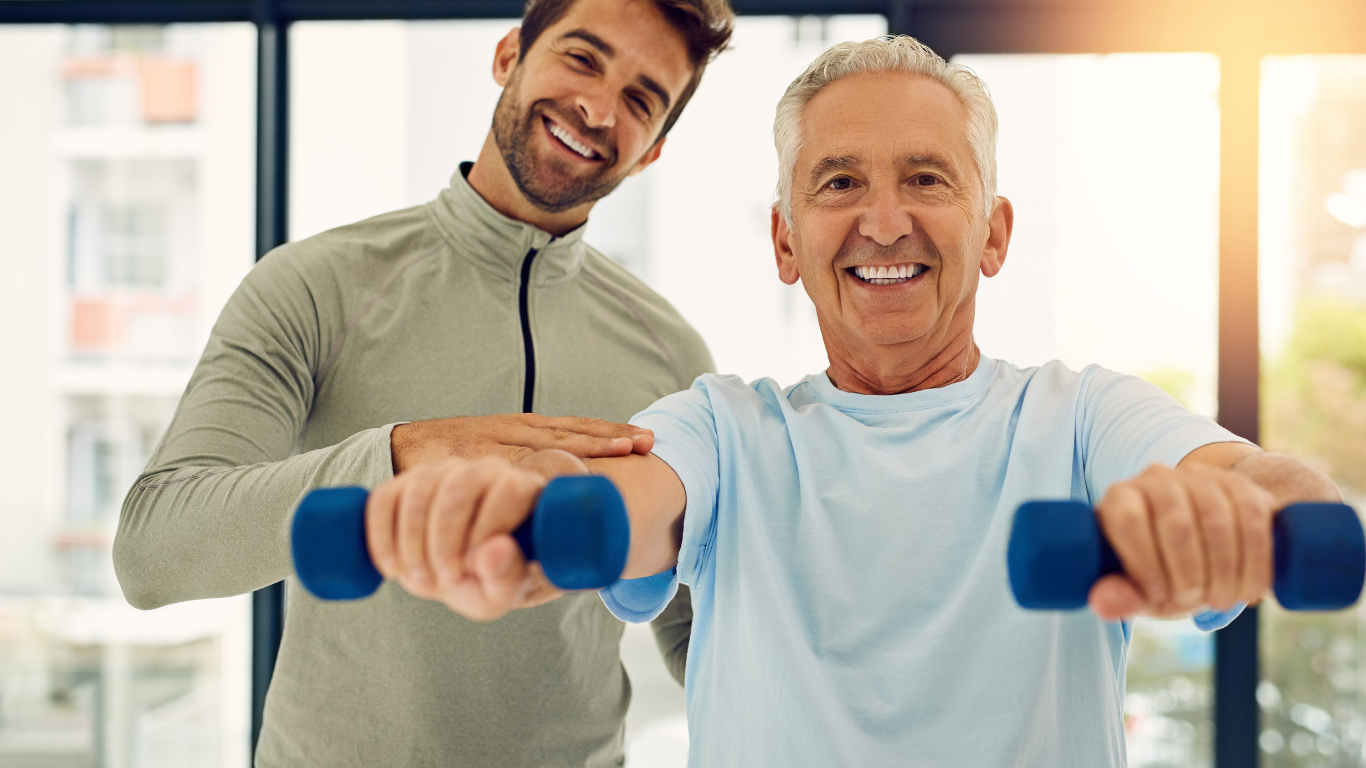
Why You Shouldn’t Just Wait It Out
Delaying physio can lead to:
- Repetitive strain injuries
- Tendon or joint overload
- Muscle tears due to poor movement habits
- Loss of confidence in training
- Extended time off — or worse, plateauing due to pain avoidance
Searching “why am I always sore after gym?” or “how to stop hurting after workouts”? That’s what we’re here for.
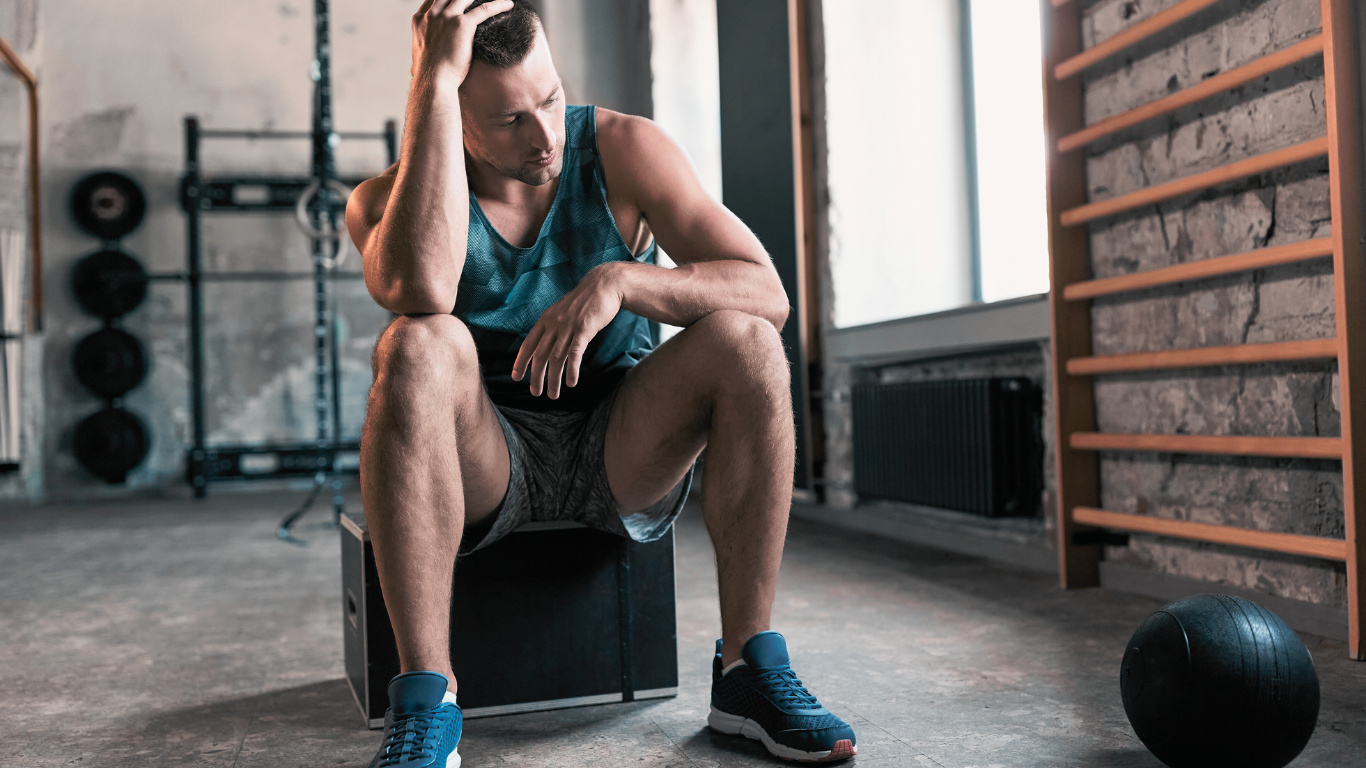
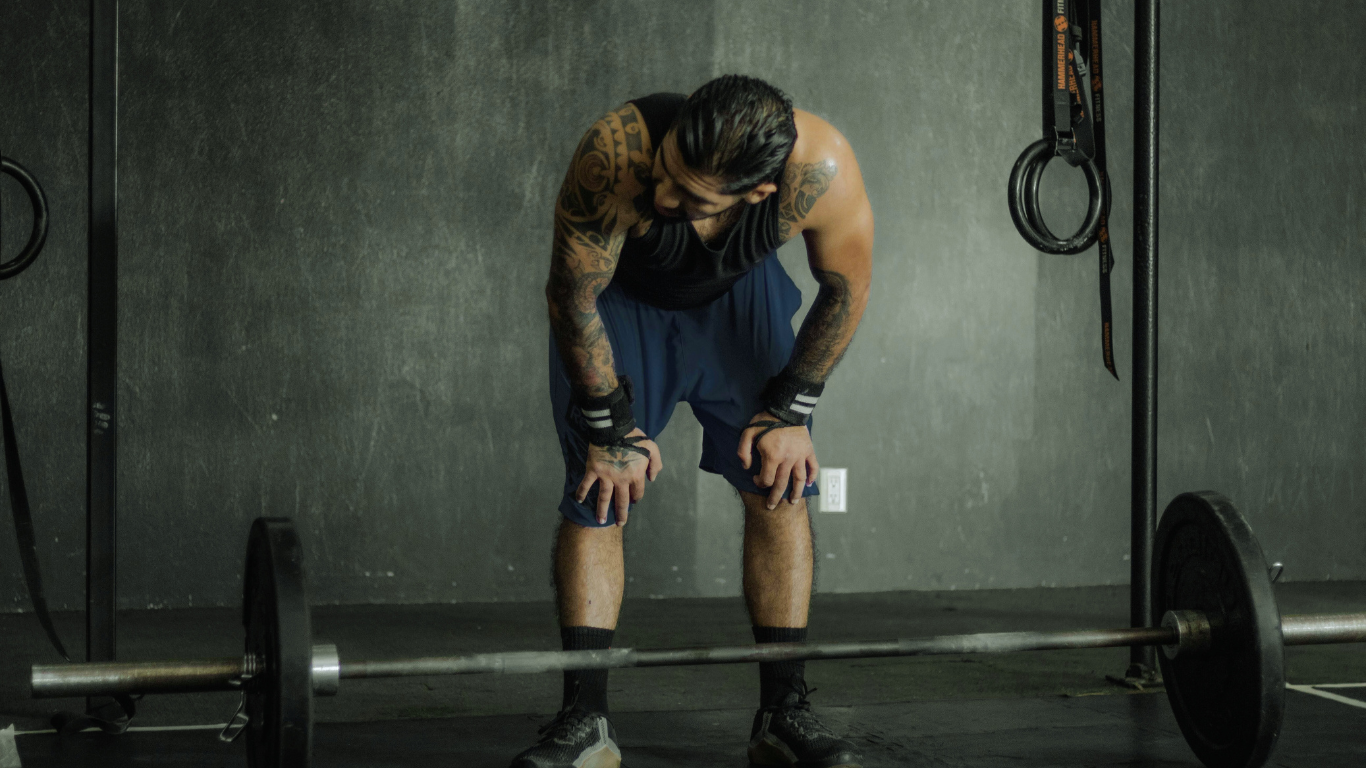
Book a Post-Gym Recovery Plan with CPS
